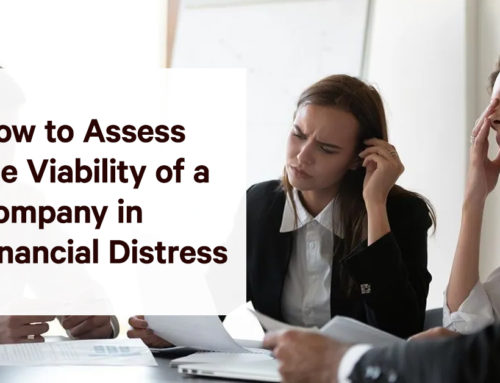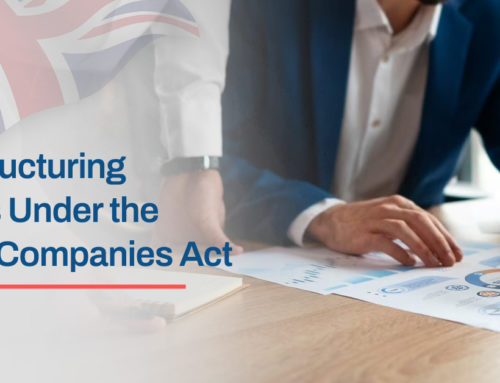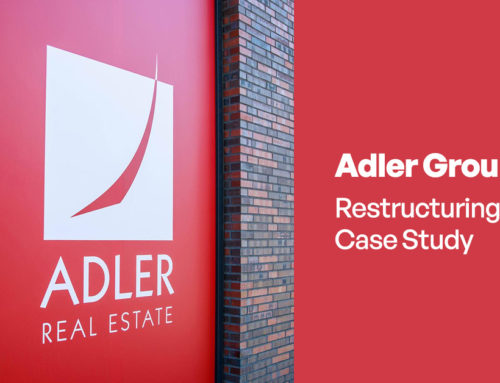A company voluntary arrangement (otherwise known as a CVA) is a formal insolvency process. This is where some kind of legal arrangement will be made between a company and the creditors that it is currently in debt to. They usually span across 3 – 5 years and it’s during this time that companies will make occasional payments (generally on a monthly basis) in order to slowly get rid of their debt.
What is Needed to Enter into a CVA?
If a company finds itself in debt, then a CVA often looks like a very appealing idea. On the other hand, it can be difficult for a company to qualify for a CVA. This is because 75% of the voting creditors have to agree to the CVA being implemented before it becomes legally binding. Creditors might be hesitant to agree to enter into a CVA if they do not believe that the organisation indebted to them will be able to pay off what they owe.
A licensed insolvency practitioner also needs to be formally appointed before a CVA can be entered into. They will start by reviewing the financial position that a business is in and then putting together a payment proposal to put forward to creditors based on their assessment of the business. Once creditors have had a chance to view the proposal, they are going to need to state whether or not they agree to officially enter into the CVA.
There are a lot of businesses that currently struggle but then have the potential to become profitable organisations once again. If this is the case, then it is in the creditors’ best interests to agree to a CVA. That being said, if a business is in a terrible position and it is unlikely they are going to be able to bounce back, then creditors will more than likely disagree to enter into any kind of CVA.
The proposal put forward to creditors will also contain information surrounding the percentage of debt that they will receive throughout the period of the CVA Process.
How to Tell If a Company is Eligible for a CVA?
If you want to properly check whether or not your organisation would be eligible for a CVA then it is worth getting in touch with insolvency practitioners, as they will be able to review your situation and tell you all of the information that you need. Some of the key considerations that are taken into account before deciding whether or not your organisation can enter into a CVA include:
- The company has to be insolvent or considered to be insolvent once all of its liabilities are taken into account.
- The directors and the insolvency practitioner that has been appointed have to be confident that the business has a good future ahead of it and that there is a reasonable prospect of it recovering from its current situation.
- The business needs to be able to present projected cash flow forecasts and it needs to indicate that it will have enough capital to pay all of the repayment amounts that have been put forward.
The Benefits of Entering into a Company Voluntary Arrangement
There are a number of different benefits that come with your business entering into a company voluntary arrangement. These include some of the following:
- It gives companies breathing room as they do not need to worry about creditors and HMRC putting any pressure on them whilst the CVA is being paid.
- Businesses will be protected from any kind of legal action being taken out against them whilst the CVA is active (so long as they are acting in accordance with the arrangement’s specifications).
- All of the creditors that businesses owe money to are centralised into one party.
- The directors of the company are going to be able to stay in control of the business throughout the entire process. The public does not need to be aware of the arrangement either, so their reputation will stay intact as well.
- By entering into a CVA, that business is able to stop any kind of winding-up petition from being filed, which would effectively put that company out of business. It should be noted that for this to be successful, the proposal for a CVA has to be put forward 7 days after a winding-up petition has been filed.
- Improved cash flow.
- The deal benefits both the business and its creditors as the business can remain in operation and the creditors are going to be able to get back some (or all) of the money which is owed to them.
The Process of a CVA
The CVA process surrounding entering into a CVA can vary depending on a business and its creditors, but in order to get a rough outline, it looks something like this:
- Initial assessment carried out by the insolvency practitioner
- Formally appointing that practitioner to draft a CVA
- The directors will consider the draft CVA, which has been prepared
- The CVA is filed at court
- A meeting between the creditors and the shareholders is held
- Following that meeting, creditors and shareholders will vote on whether or not they would like to approve the proposal
- The chairman of the meeting will issue the report
- All legal action against the company entering into the CVA is stayed
- Regular contributions from the company start getting made into a trust account
Do You Need Help Entering into a CVA?
If your organisation is struggling and you owe money to your creditors, then it may be that the best way forward is to enter into a CVA. This is an agreement made with the creditors you owe money to where you agree to pay off a certain amount of that debt every month. You need to appoint an insolvency practitioner to carry this out, so if you need any assistance, then you should consider enlisting the help of Leading UK. If you need any further information or have any questions, then please do not hesitate to get in touch.







